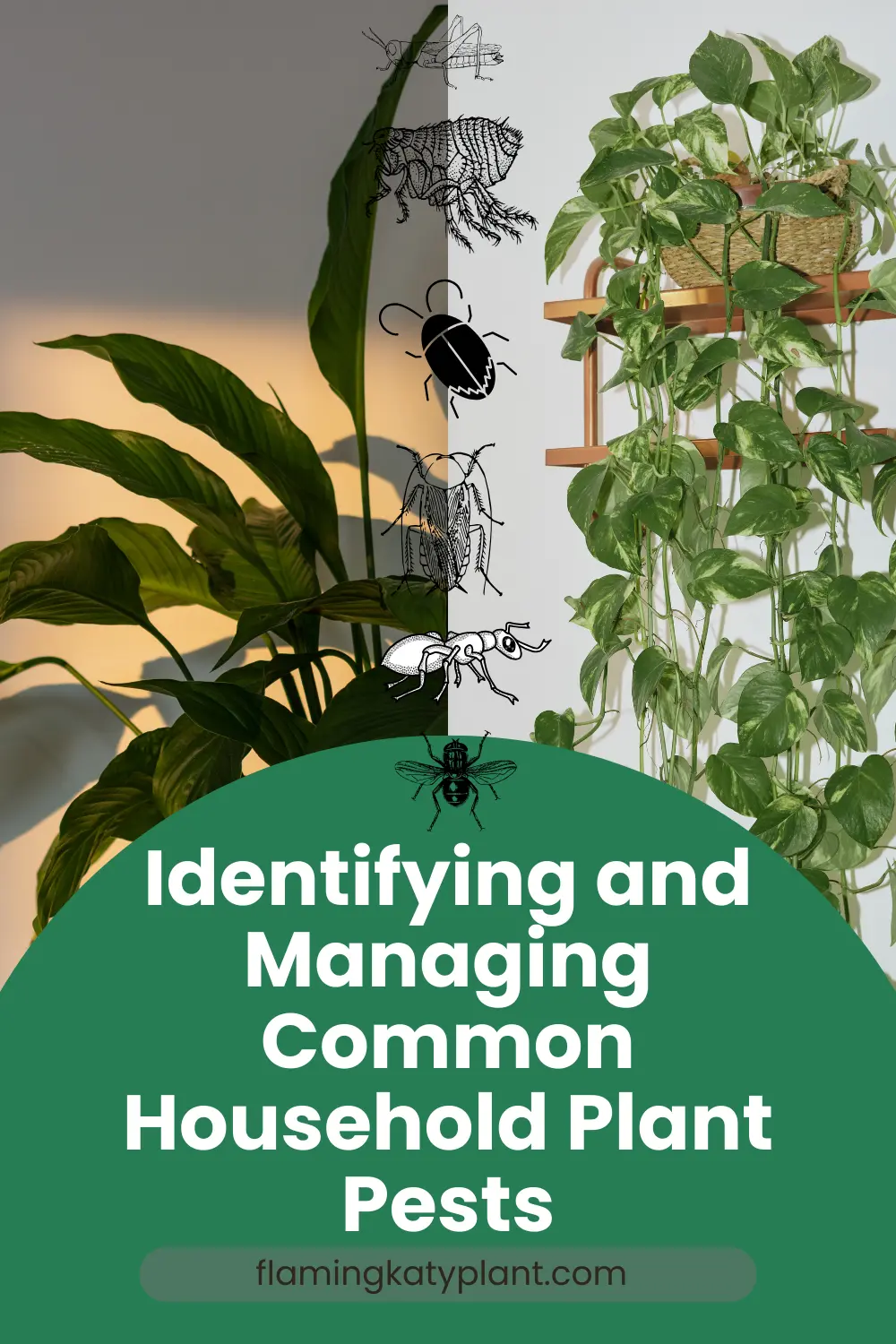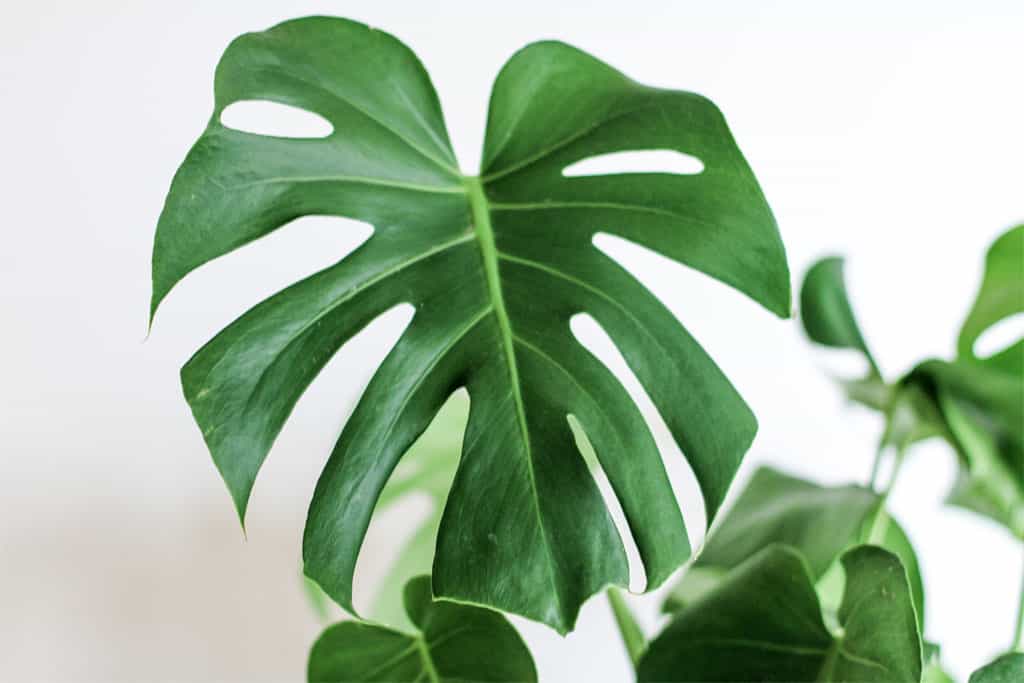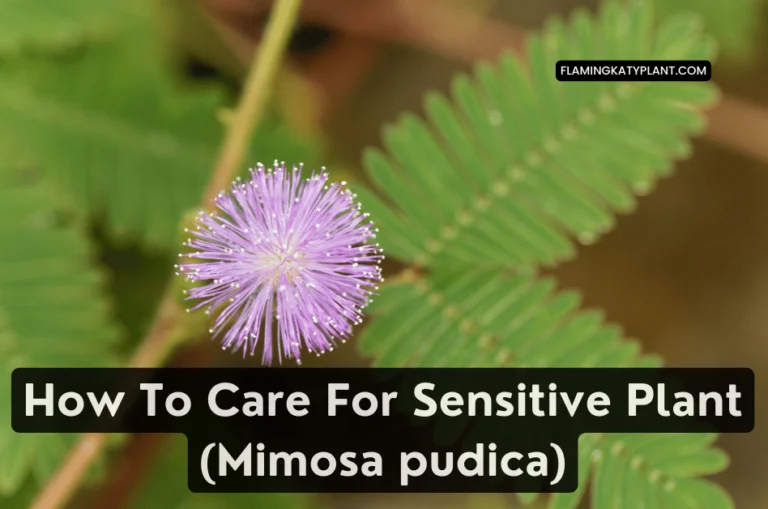Identifying and Managing Common Household Plant Pests: A Practical Guide
Did you know that there are more than 10,000 known species of plant pests worldwide? From tiny insects to destructive fungi, these pests can wreak havoc on our beloved household plants. Identifying and Managing Common Household Plant Pests: A Practical Guide is an invaluable resource that equips homeowners with the knowledge and tools to tackle this pervasive problem.
With the rise of indoor gardening and the desire to bring nature into our homes, the importance of identifying and managing plant pests has become more crucial than ever before. This practical guide provides a comprehensive overview of common household plant pests, their identification, and effective management techniques. Whether you are a seasoned green thumb or just starting out, this guide offers practical solutions to protect your plants.
One of the engaging elements of this guide lies in its relatable solutions. It acknowledges that prevention is key and encourages readers to develop good habits, such as regularly inspecting plants for signs of pests. The guide also emphasizes the importance of quarantine for newly acquired plants, preventing the spread of any potential infestations. By incorporating these simple yet impactful practices, homeowners can create a pest-free environment for their plants.
A staggering statistic underscores the urgency of understanding and managing plant pests: it is estimated that up to 40% of global crop yields are lost due to these pesky invaders. This not only affects food production but also has economic implications, resulting in billions of dollars in losses each year. Identifying and Managing Common Household Plant Pests: A Practical Guide aims to empower individuals to tackle this issue on a smaller scale, protecting their household plants and contributing to the larger global effort to combat plant pests.
The history of this practical guide can be traced back to the recognition of the need for accessible, user-friendly information on plant pest management. With the advancement of technology, online forums and social media platforms have become sources of advice and guidance. However, the information available is often fragmented and overwhelming. This guide was developed to fill that gap, providing a consolidated resource that is both informative and easy to follow.
Identifying and Managing Common Household Plant Pests: A Practical Guide is a vital tool for any plant enthusiast. By understanding the significance of plant pests, incorporating preventive measures, and utilizing effective management techniques, homeowners can safeguard their plants and create a thriving indoor garden.

How do I Identify and Manage Common Household Plant Pests?
In this practical guide, we will explore the various types of pests that commonly infest household plants and provide effective strategies for their identification and management. Whether you are a seasoned plant enthusiast or a beginner, understanding these common pests and knowing how to deal with them is crucial for maintaining the health and beauty of your indoor garden. In the following sections, we will delve into each pest individually, discuss their characteristics and potential damages, and share expert tips on how to prevent and control their infestations. So, let’s get started and equip ourselves with valuable knowledge to keep our household plants thriving!

Identifying and Managing Common Household Plant Pests: A Practical Guide
1. Aphids
Aphids are one of the most common household plant pests that gardeners often encounter. These tiny insects feed on the sap of plants, causing leaves to become distorted and yellowed. They reproduce quickly, establishing colonies on the undersides of leaves.
To identify aphids, look for clusters of small, soft-bodied insects on the stems and leaves of your plants. They can range in color from green to black, depending on the species.
Managing aphids can be done through various methods. One option is to physically remove them by spraying plants with a strong stream of water or by wiping the affected areas with a gentle soap solution. You can also introduce natural predators like ladybugs or lacewings to control the aphid population. Additionally, using insecticidal soaps or neem oil-based products can be effective in managing aphids.
2. Spider Mites
Spider mites are tiny pests that are barely visible to the naked eye. They thrive in warm and dry conditions, making them a common problem for indoor plants. Spider mites pierce the plant’s cells to feed on sap, leading to yellowing leaves and stippled discoloration.
To spot spider mites, check for fine webbing on the undersides of leaves and look for small, moving specks resembling dust. Plants infested with spider mites may also have a dull appearance.
Controlling spider mites requires regular monitoring and intervention. Increase humidity around your plants by misting them regularly, as spider mites prefer dry environments. Inspect your plants frequently and isolate any infested ones to prevent the pests from spreading. Using insecticidal soap or horticultural oil can also help manage spider mite populations.
3. Mealybugs
Mealybugs are pests that resemble tiny cotton balls and are often found in clusters along the stems and leaves of plants. They feed on the sap, causing stunted growth and yellowing leaves. Additionally, mealybugs produce a sticky substance called honeydew, which can attract ants and promote the growth of black sooty mold.
Identifying mealybugs is relatively easy due to their distinctive appearance. Look for white, cottony masses on your plants, especially in leaf axils or along stems.
Managing mealybugs involves removing them manually by gently wiping affected areas with a cotton swab soaked in rubbing alcohol or a mixture of water and dish soap. For severe infestations, consider using a systemic insecticide labeled for mealybugs. Remember to check any nearby plants to prevent the spread of these pests.
4. Scale Insects
Scale insects are another common pest that can affect household plants. They appear as small, oblong-shaped bumps on the stems and leaves. Like aphids and mealybugs, they feed on plant sap, causing stunted growth, yellowing leaves, and a weakened overall appearance.
Identifying scale insects can be challenging since they often resemble part of the plant. Look for raised, waxy bumps that can vary in color, from light brown to black.
Managing scale insects involves several strategies. The most effective method is to scrape them off using a soft brush or cloth. For larger infestations, use insecticidal soaps or horticultural oils to suffocate and kill the scales. Regularly inspect your plants to catch any early signs of infestation.
5. Fungus Gnats
Fungus gnats are small flies that infest houseplants, particularly in moist environments. Their larvae feed on organic matter present in soil, potentially causing damage to the roots of plants. Adult fungus gnats are attracted to light and are often seen flying around plants.
To identify fungus gnats, look for small, dark flies that hover around your plants. You may also notice soil that appears to be infested with tiny white larvae.
Managing fungus gnats involves reducing the moisture levels in the soil by allowing it to dry out between waterings. Avoid overwatering your plants and consider using sticky traps to catch the adult gnats. Applying a biological larvicide, such as Bacillus thuringiensis israelensis (BTI), can also help control the larvae.
Common Household Plant Pest Statistics:
- According to a study conducted by the University of California, aphids are found in almost 80% of households with indoor plants.
- Spider mites affect approximately 30% of indoor plants, with a higher occurrence during dry seasons.
- Mealybugs infest around 20% of household plants, thriving in warm and humid environments.
- Scale insects are a common issue in 25% of households, particularly among those who regularly acquire new plants.
- Fungus gnats are present in about 50% of households due to overwatering or excessive moisture in potted plants.
FAQ
1. What are common household plant pests?
Common household plant pests include aphids, scale insects, spider mites, whiteflies, mealybugs, and fungus gnats.
2. How can I identify plant pests?
You can identify plant pests by examining the leaves and stems of your plants. Look for signs of damage, such as chewed leaves, webbing, discoloration, or tiny insects.
3. What are the signs of a pest infestation?
Signs of a pest infestation may include wilting, stunted growth, yellowing or curling leaves, sticky residue on leaves, or the presence of tiny crawling or flying insects.
4. How can I prevent pest infestations?
To prevent pest infestations, ensure good plant hygiene by regularly cleaning and inspecting your plants. Avoid overwatering, which can attract pests. Quarantine new plants before introducing them to your other plants.
5. What should I do if I discover pests on my plants?
If you discover pests on your plants, you can start by removing them manually using a soft cloth or sponge. For larger infestations, consider using insecticidal soap, neem oil, or natural predators like ladybugs.
6. Can pests be harmful to my plants?
Yes, pests can harm your plants by sucking sap, chewing leaves, or spreading diseases. If left untreated, they can weaken or even kill your plants.
7. How often should I check my plants for pests?
Regularly inspect your plants to catch pest infestations early. It’s a good practice to check them at least once a week.
8. Are there any natural remedies for plant pests?
Yes, several natural remedies can help control plant pests. You can try insecticidal soaps, neem oil, vinegar solutions, or homemade garlic or chili pepper sprays.
9. Can I use chemical pesticides to get rid of plant pests?
Yes, chemical pesticides can be effective against plant pests. However, use them as a last resort, following the instructions carefully and considering their potential impact on the environment and beneficial insects.
10. How can I prevent pests from returning?
To prevent pests from returning, maintain good plant hygiene, regularly inspect your plants, and remove any affected leaves or plants. You can also encourage beneficial insects, such as ladybugs or lacewings, to help control pests.
Conclusion
Throughout this practical guide, we have explored the key points and insights related to identifying and managing common household plant pests. By understanding the signs of infestation and adopting preventive measures, homeowners can effectively protect their houseplants from these pesky invaders.
Firstly, we discussed the importance of identifying common pests such as aphids, mealybugs, spider mites, and fungus gnats. By closely inspecting the leaves and stems, homeowners can detect the presence of these pests early on and take appropriate action. Additionally, we emphasized the significance of learning the lifecycle and feeding habits of each pest to effectively eliminate them from the plants.
Furthermore, the guide provided useful tips for managing plant pests without resorting to harmful chemicals. By using organic and natural methods, such as insecticidal soaps, neem oil, and homemade sprays, individuals can eliminate pests and minimize any potential harm to the environment or human health. The guide also stressed the importance of regular maintenance, including proper watering and cleaning, to create an unfavorable environment for pests and ensure the overall health of houseplants.
In conclusion, identifying and managing common household plant pests is crucial for maintaining healthy and thriving indoor plants. By being proactive and implementing the strategies outlined in this guide, homeowners can effectively ward off pests and create a nurturing environment that promotes the growth and well-being of their beloved plants.
:max_bytes(150000):strip_icc():format(webp)/house-plant-pests-2000-576d63a5118646f98b7c1388f9889f62.jpg?auto=compress&cs=tinysrgb&h=650&w=940)






